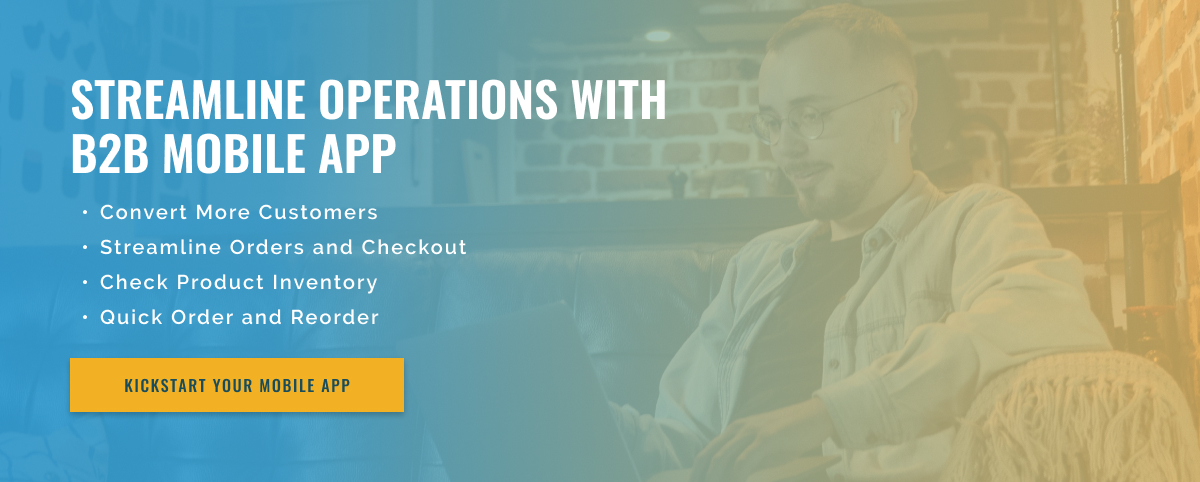3 minute read
Optimizing B2B Mobile Apps for Multiple Devices
Business-to-business (B2B) mobile applications have become increasingly important for companies looking to increase productivity, optimize their processes, and meet the needs of their customers. However, optimizing B2B mobile apps for different devices can be a challenging task. In this blog article, we explore how B2B mobile apps can be optimized for different devices.
1. Responsive design: The first step in optimizing B2B mobile apps for different devices is to ensure that the app has a responsive design. This means that the app can adapt to any screen size, whether it’s a smartphone, tablet, or larger desktop screen. A responsive design ensures that the app is functional and easy to use on any device.
2. Consistency: Consistency is key when it comes to B2B mobile apps. The interface, appearance, and functionality of the app should remain the same across all devices. This contributes to a seamless user experience and makes it easy for them to navigate the app no matter what device they are using.
3. Device Specific Features: Each device has its own set of unique features and capabilities. To optimize a B2B mobile app for different devices, it is important to take advantage of these device-specific features. For example, if the app is used on a tablet, use the larger screen to display more information. When used on a smartphone, take advantage of features like touch gestures and voice commands for a more intuitive user experience.
4. Performance optimization: Users have high expectations about application performance. A B2B mobile app that works well on one device may not work as efficiently on another. It is important to optimize app performance for each device type to ensure a consistent user experience across devices. This includes minimizing loading times, reducing application memory consumption, and ensuring smooth functionality.
5. Testing and Feedback: To truly optimize a B2B mobile app for different devices, you need to test the app on different devices and get user feedback. This allows developers to identify device-specific issues and make necessary improvements. Regular testing and feedback helps to continually improve application performance and user experience.
In short, for a B2B mobile app to be successful, it is essential to optimize it for different devices. This includes creating a responsive design, maintaining consistency, taking advantage of device-specific features, optimizing performance, and regularly testing and collecting feedback.

